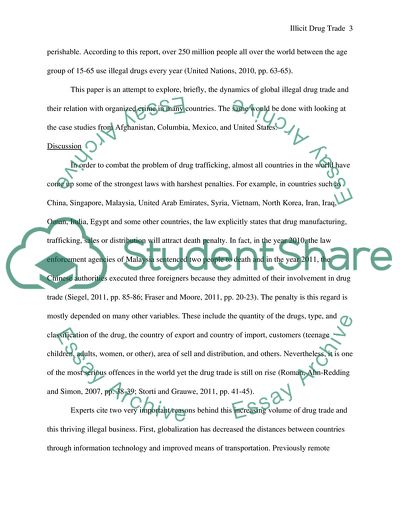Cite this document
(Illicit Drug Trade Term Paper Example | Topics and Well Written Essays - 2750 words, n.d.)
Illicit Drug Trade Term Paper Example | Topics and Well Written Essays - 2750 words. Retrieved from https://studentshare.org/social-science/1764753-to-understand-the-problems-associated-with-illicit-drug-trade-one-must-first-comprehend-what-constitutes-organized-crime
Illicit Drug Trade Term Paper Example | Topics and Well Written Essays - 2750 words. Retrieved from https://studentshare.org/social-science/1764753-to-understand-the-problems-associated-with-illicit-drug-trade-one-must-first-comprehend-what-constitutes-organized-crime
(Illicit Drug Trade Term Paper Example | Topics and Well Written Essays - 2750 Words)
Illicit Drug Trade Term Paper Example | Topics and Well Written Essays - 2750 Words. https://studentshare.org/social-science/1764753-to-understand-the-problems-associated-with-illicit-drug-trade-one-must-first-comprehend-what-constitutes-organized-crime.
Illicit Drug Trade Term Paper Example | Topics and Well Written Essays - 2750 Words. https://studentshare.org/social-science/1764753-to-understand-the-problems-associated-with-illicit-drug-trade-one-must-first-comprehend-what-constitutes-organized-crime.
“Illicit Drug Trade Term Paper Example | Topics and Well Written Essays - 2750 Words”, n.d. https://studentshare.org/social-science/1764753-to-understand-the-problems-associated-with-illicit-drug-trade-one-must-first-comprehend-what-constitutes-organized-crime.


